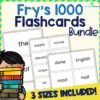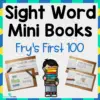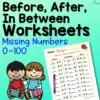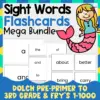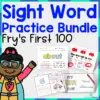Matching is a complex set of skills essential for young children to learn. These skills will become the foundation for children as they learn more complex concepts in the future.
Here are ten matching preschool worksheets for children that are fun and exciting and will also train these little minds to think cognitively.
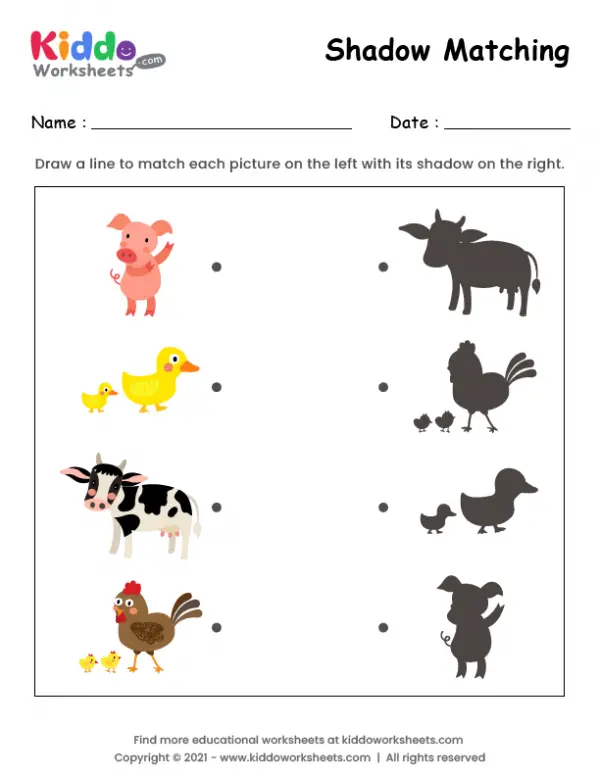
Shadow matching is an activity that helps improve children’s visual perception. Children will mostly rely on apparent attributes of objects or animals, such as colors, to find their identical match.
With shadow matching, children will need to rely on their ability to understand form and shape. Working on this will help them improve their visual processing and discrimination skills.
This worksheet can be downloaded from the site for free. Print a copy for each child and provide a marker for them to use. Tell children to draw a line from one dot to another to connect the colored picture with its shadow.
For children who may have difficulty with this task, prompt them by pointing out specific details about the animals.
For example, say to the children, “Look at the pig on the left side. What do you notice about its tail? Yes, it is curly. Can you find a shadow on the right with a curly tail?”
For this activity, you will need:
- Printed worksheet
- Marker or pencil
For more information on this activity, go to KiddoWorksheets.com.
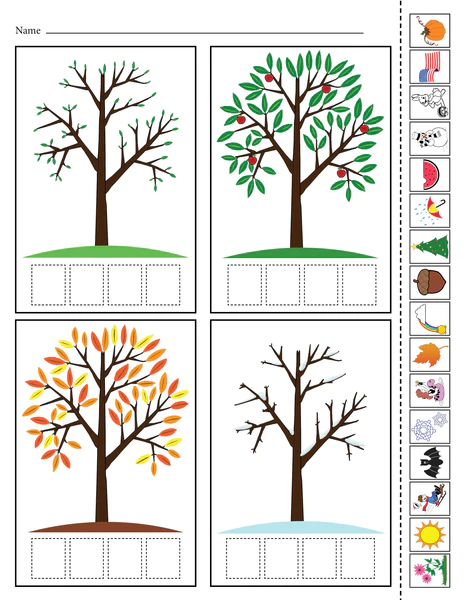
The seasons in a year are symbolically presented through the different stages a tree goes through. The tree with budding leaves is for spring. The ones with lush leaves and fruits are for summer.
Yellow and orange leaves on the tree signify fall, and the leafless tree is for winter. Children are required to cut the pictures on the right side of the paper. This will help improve their fine motor skills.
This worksheet will help children make associations based on the seasons and think critically. They may use prior knowledge when matching the pictures.
Download and print the worksheet from the site. Provide children with scissors and glue to complete the task. Ask the children to cut the pictures and decide which of the pictures with go with the season.
There should be four pictures that children will paste for every season. Dotted boxes are provided for children to glue these on. Children may easily identify some pictures. For example, the snowflake and snowman are for winter.
However, children may find other pictures challenging. For example, the American flag symbolizes Independence Day. Assist children by explaining these pictures’ relationship with the event they represent.
For this activity, you will need:
- Printed worksheet
- Scissors
- Glue
For more information on this activity, go to SupplyMe.com.
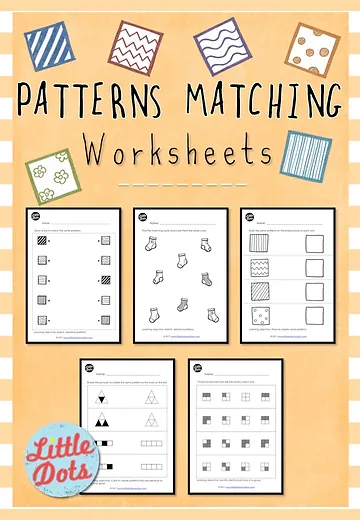
Matching different patterns will teach children visual discrimination skills and improve their focus and attention to detail. Pattern activities may require children to find an identical design and create the same pattern.
These worksheets come in a set and are created for children with varying matching skills. Choose simple patterns for younger children and more complicated ones for older kids.
One of the worksheets that can be downloaded from the site is a page with eight squares. Four squares on the right side have patterns inside, while the other four opposite these have none.
Children must create the same pattern they see on the blank squares. Doing this will help children improve their visual-motor skills.
For children who may find this task difficult, let them practice on a bigger paper with the same shape. Use sticky notes or a square-shaped notepad. Point out some patterns, such as the zigzag and diagonal lines.
Let them practice making these lines on paper until they feel confident to make them on the worksheet.
For this activity, you will need:
- Printed worksheet
- Marker or pencil
For more information on this activity, go to LittleDotsEducation.com.
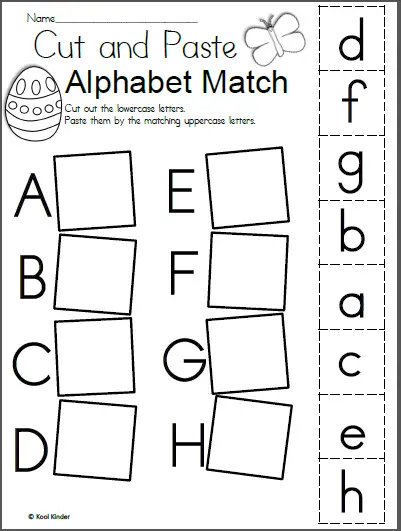
These worksheets allow children to master the letters of the alphabet through cutting and pasting. Children will learn letter recognition and improve their fine motor skills as they work on this.
Make this more challenging by asking the children to write the lowercase letter in the box before pasting the cut-out form.
Children who may find some lowercase letters confusing due to the similarities in some letter formations may need extra assistance. Help them develop their visual discrimination skills by pointing out the differences.
For example, for the b and d, point out that their curves face a different direction. Use large letter cards or alphabet charts for those who struggle with this task.
Download and print these free worksheets from the site. This set comprises four worksheets and is ideal for letting children complete one page at a time. Provide scissors and glue for each child.
Have them cut out the lowercase letters on the right side of the paper. Let them find their matching uppercase form and glue them on the box.
For this activity, you will need:
- Printed worksheet
- Scissors
- Glue
For more information on this activity, go to MadeByTeachers.com.
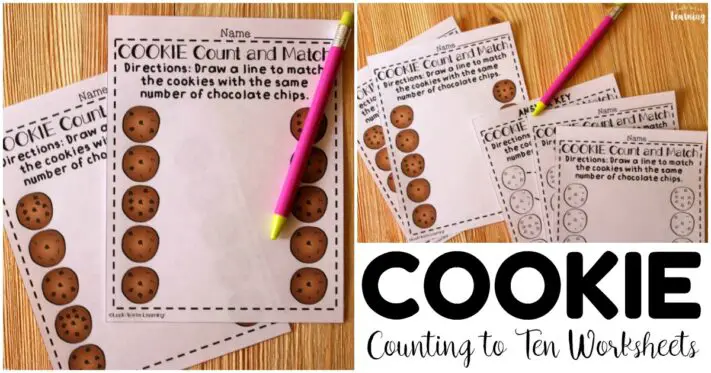
This cookie worksheet is a wonderful supplement for a food-themed unit. Children will improve their counting skills as they work on this. It also allows children to focus on details, improve concentration, and think logically.
This worksheet has two pages that present numbers from one to ten. It comes in color and can be downloaded in black and white.
Download and print the free worksheets from the site. The site recommends having these laminated so they can be reused. Provide each child with a marker or pencil. Explain the instructions to the children.
Children must count the chocolate chips in each cookie on the left side. Next, they are to find the identical cookie on the right side. Ask them to make a line connecting both cookies.
Children may find counting bigger numbers challenging. To prompt, ask them to mark each chocolate chip, so they will not accidentally repeat counting the same chip. For example, they may put an X on every chip they have counted.
For this activity, you will need:
- Printed worksheets
- Pencil
For more information on this activity, go to LookWereLearning.com.

Here’s a fun worksheet perfect for summer or food-themed lessons. This ice cream worksheet targets several skills children may need to work on.
This will help improve their color recognition skills as they match the colors, word recognition skills as they match the colored ice cream with the color word, the circle shape, and fine motor skills through cutting.
This free worksheet can be downloaded from the site. Print and provide children with scissors and glue. Ask the children to cut out the colored circles on the left side. Next, ask them to take one circle and identify the color.
Ask them to find the matching color word on the ice cream. Put the circle in its proper place and repeat until the ice cream is complete. For young children who may find cutting circles challenging, provide pre-cut pieces for them to work on.
Prompt the children to cut by asking them to turn the hand that holds the circle every so often to make small cuts. This will help them understand that cutting curved lines requires smaller motions than cutting straight lines.
For this activity, you will need:
- Printed worksheet
- Scissors
- Glue
For more information on this activity, go to TwistyNoodle.com.
Related: Color Charts for Preschool

This set of matching worksheets will allow children to enhance their shape recognition skills. It provides practice for children to become familiar with up to eight basic shapes.
The worksheets come in both colored and black-and-white formats for convenience. Children must match the shapes from one dot to another with a marker or pencil.
This will help children improve their fine motor skills, increase their concentration, and learn to pay attention to details.
These free worksheets are downloadable from the site. The set has five pages with a minimum of five shapes for children to match on each page. Provide a marker or pencil for children to use.
Ask them to find an identical shape and draw a line to match them. If using the black and white worksheets, allow children to color the shapes once they finish the matching task.
The site suggests using these materials after some activities introducing children to various shapes. These can be using shapes flashcards, shape charts, playing games, incorporating art activities and using manipulatives, watching videos, and reading books on shapes.
For this activity, you will need:
- Printed worksheets
- Marker or pencils.
For more information on this activity, go to TheTeachingAunt.com.
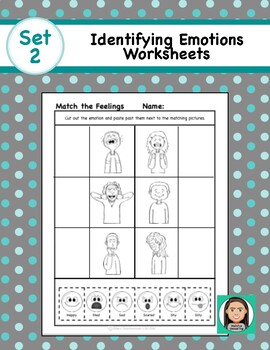
Using these worksheets will help children build social-emotional learning by exposing them to the different facial expressions that teach emotions. This set has thirty pages and includes valuable resources like posters.
The aim of these worksheets is for children to identify the different emotions through matching activities. Some activities may require children to draw a line to show non-identical illustrations but have the same feeling.
Others require children to cut and paste the pictures to match. These tasks will help children improve their fine motor and visual discrimination skills and learn to think critically.
Download the worksheets from the site and print one that fits the children’s skill level. One of the worksheets shows six children with different expressions.
Have children identify their emotions and find a matching smiley face on the bottom part of the worksheets. Provide scissors and glue for each child. Let them cut this out and paste it into the correct box.
For this activity, you will need:
- Printed worksheets
- Glue
- Scissors
For more information on this activity, go to TeachersPayTeachers.com.
Related: Feelings Activities for Preschoolers
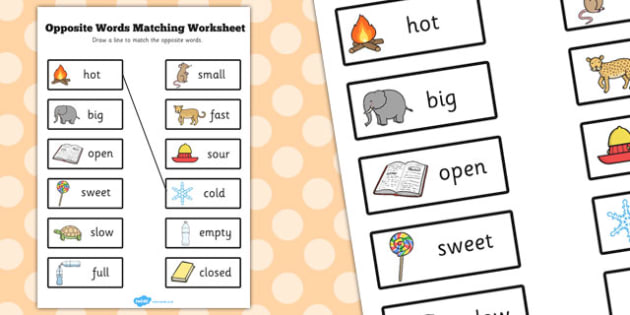
This worksheet introduces children to the concept of antonyms through a matching activity. This activity helps children improve their word recognition skills, understand visual clues, and understand the relationships between words.
It requires children to draw a line from one box to another to match the opposite words. However, cutting out the boxes and pasting them together on another paper can be an option for children who may need extra practice on their fine motor skills.
Download the worksheet from the site. Provide children with a pen or marker to match the pictures. Point out the picture and the word in each box. Read out the word and ask the children if they know its opposite.
Ask them to find it on the row of boxes on the right side.
Most of the pictures in the boxes are symbolic of the words. Explain the meaning behind them to prevent confusion. For example, the elephant picture symbolizes big and does not strictly refer to the animal.
For this activity, you will need:
- Printed worksheets
- Marker or pencil
For more information on this activity, go to Twinkl.jp.
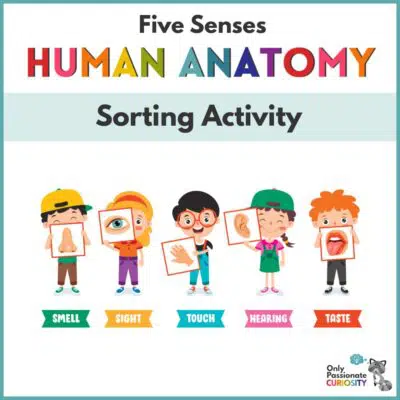
Matching pictures based on their group helps children understand the system of categorizing based on characteristics. In this case, children are asked to match the images based on the five senses.
This five senses worksheet not only helps children identify and associate pictures with the senses, but it also allows children to enhance their fine motor skills through cutting.
They will build up their concentration and learn to think critically as they match the pictures. These learning mats can be used as a single worksheet or an engaging activity for Science centers. For the latter, have these laminated for durability.
Download this worksheet from the site. Print out and have children cut out the pictures. Discuss each picture for children to understand its relationship with the senses better.
Next, have the children find the correct mat to place the picture on. Discuss why the picture belongs on the mat. This is a good prompt for children, especially when they have put the picture on the wrong mat. Children may opt to glue the images on the mat.
For this activity, you will need:
- Printed worksheets
- Scissors
- Glue
For more information on this activity, go to OnlyPassionateCuriosity.com.
Related: Five Senses Books for Preschoolers
Conclusion
These matching worksheets are an excellent resource that will help reinforce children’s different skills. These are supplements that are perfect after a lesson or an engaging activity.
Over time, as children are frequently exposed to these activities, they will improve their visual memory and reasoning skills and boost their cognitive processes.
Thank you for reading! Make sure to check our site again for preschool-friendly worksheets on other subjects!


